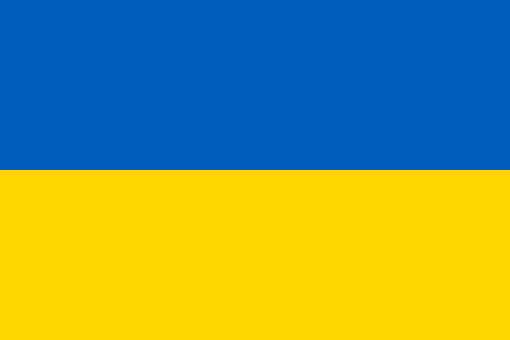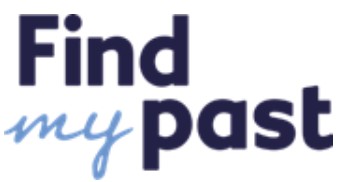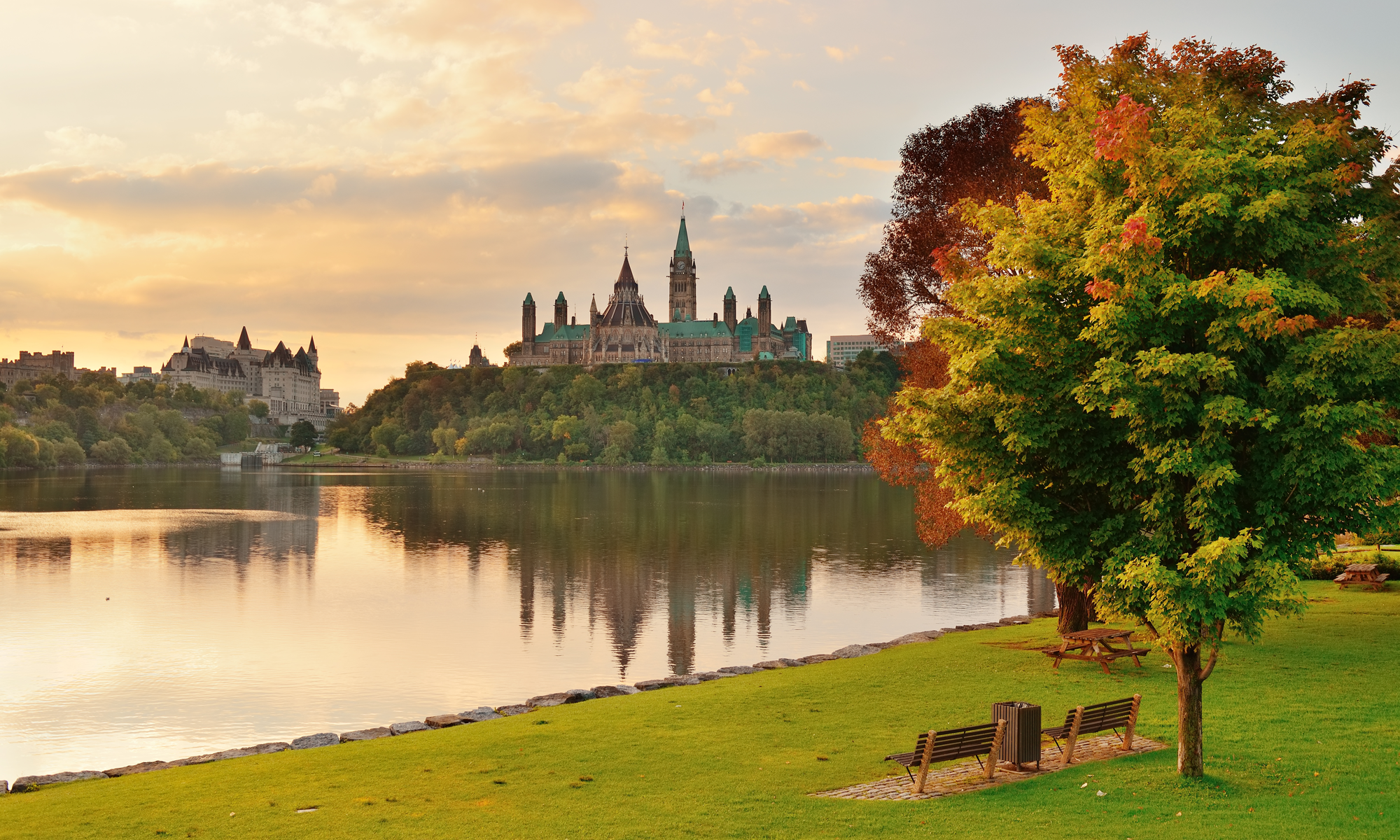Expect no postings to the blog for a couple of weeks. I’m doing real archival research.
Photos masquerading as reality, AI fiction.
How do you feel about AI altering a family photo?
You want to see what your ancestors looked like, including any blemishes.
But they didn’t!
How deceived might you be?
From the earliest days, photographers used pencils, brushes, and etching tools directly on the glass plate negative to soften wrinkles, lighten skin blemishes, or sharpen outlines.
Later, retouching became a standard studio practice. Skilled specialized “retouchers” (often women) worked on negatives to smooth complexions, slim faces, or brighten eyes.
From the 1920, with roll film and gelatin silver prints, airbrushing became common.
Here’s what the Ottawa Daily Citizen of Monday, July 6, 1874, included in an article, Artistic Photography in Ottawa, about the Notman (later Topley) Studio.
A skillful retoucher who takes out all markings in the face, softens all lines and makes folks “beautiful for ever.” ‘This is indeed one of the most interesting departments in the establishment. To compare the rough proof with the finished print, it seems almost incredible that both are from the same negative.
AI may only be doing what a retoucher would do. Mild application of AI may be just another step in the progression (of deceit)? If it is mild, why acknowledge AI involvement? We don’t expect to see an acknowledgement of the retoucher’s work. Perhaps the photographer’s studio logo on the print serves as an acknowledgement that it has (likely) been retouched.
But AI may go much further. Where do you draw the line?
LAC to a provide a “simplified and more secure login experience”?
Effective 24 September, Library and Archives Canada is changing logon procedures. Here’s the information as posted on their website.
Online services: New authentication solution effective September 24, 2025
Effective September 24, 2025, Library and Archives Canada (LAC) will adopt a new authentication solution for the following online services:
- LAC Account (formerly My Account), which includes My research, My Contributions to Co-Lab, and Track my archival order
- LAC funding portal
To log in, you will need to use one of the following two options:
- Log in via Interac®, using the credentials of a participating Canadian banking institution
- GCKey, the Government of Canada’s digital ID used for services such as those provided by the Canada Revenue Agency
Your current accounts and files will not be affected; only the method used to authenticate you will change.
What you can do now
- Verify that the email address associated with your account is correct before September 24.
This change will bring our online services in line with the Government of Canada’s cybersecurity standards, while providing a simplified and more secure login experience.
If you have any questions or need assistance, please contact us.
Related links
- My account (including My research, My Contributions to Co-Lab, and Track my archival order)
- LAC funding portal
LAC has experienced security problems, including multi-day issues, which inconvenienced clients. Action was warranted. It’s unclear how the change makes the process simpler.
I have asked LAC whether this is 2FA, what the impact will be on non-Canadian clients outside Canada and on Canadians travelling abroad who may not have access to their phone or text accounts.
UPDATE
The following is in response to my query to LAC.
Non-Canadians will be able to access their LAC account using the GCKey option – all that is required is a valid email address in order to receive a verification code that is sent via email. If you do not already have a GCKey, you will be able to create one during the log in process. Additional information, including a step-by-step guide will be made available online after the 24th. Information for preparing for this transition can be found here: https://www.canada.ca/en/
This Week’s Online Genealogy Events
Tuesday, 16 September
8 am: Trouvez vos ancêtres dans les recensements français sur MyHeritage, par Elisabeth Zetland pour Legacy Family Tree Webinars.
https://familytreewebinars.com/webinar/webinaire-myheritage-en-francais-8/
2 pm: Ottawa Virtual Genealogy Drop-In, for OGS Ottawa Branch
https://ottawa.ogs.on.ca/events/virtual-genealogy-drop-in-2-2025-09-16/
2 pm: Translating, Transcribing & Summarizing Documents Using AI, by Thomas MacEntee for OGS Sudbury District Branch
https://sudbury.ogs.on.ca/events/translating-transcribing-summarizing-documents-using-ai/
2:30 pm: Identifying the Unknown: How Investigative Genetic
Genealogy (IGG) Is Solving Cold Cases, by Tracie Boyle for Allen County Public Library Genealogy Center.
https://acpl.libnet.info/event/14285859
7 pm: Sex Work, Political Corruption and the Law in North Bay and Beyond, 1900-1919, by Margaret O’Riordan Ross for OGS Nipissing Branch.
https://nipissing.ogs.on.ca/events/nipissing-branch-sex-work-political-corruption-and-the-law-in-north-bay-and-beyond-1900-1919/
8 pm: Finding Frank Henry Hill, by Angela Harris for Legacy Family Tree Webinars.
https://familytreewebinars.com/webinar/finding-frank-henry-hill/
Wednesday 17 September
WEBTEMBER: MyHeritage, from Legacy Family Tree Webinars
10:15 am: New Ways to get the most of your Smart Matches and Record Matches on MyHeritage, by Alon Ehrenfeld
https://familytreewebinars.com/webinar/a-myheritage-webinar-4/
11:30 am: 10 Surprising Things I Discovered about My Ancestors Using MyHeritage, by Lisa A. Alzo
https://familytreewebinars.com/webinar/10-surprising-things-i-discovered-about-my-ancestors-using-myheritage/
12:45 pm: MyHeritage’s OldNews.com is Good News for Genealogists by James Tanner
https://familytreewebinars.com/webinar/myheritages-oldnews-com-is-good-news-for-genealogists/
2:00 pm: Mastering the MyHeritage DNA Test by Richard Hill
https://familytreewebinars.com/webinar/mastering-the-myheritage-dna-test/
7 pm: Thunder Bay Branch – District Genealogy Forum, by representatives from genealogical societies, libraries, archives, and museums across the region.
https://thunderbay.ogs.on.ca/events/thunder-bay-branch-district-genealogy-forum/
Thursday, 18 September
6:30 pm: Tornado Talk: A Virtual Tornado Memorial Project, by Jennifer Narramore for Allen County Public Library Genealogy Center.
https://acpl.libnet.info/event/14274352
Friday, 19 September
2 pm: Mexican Immigration Records Through the Centuries, by Nefi Arenas Salazar for Legacy Family Tree Webinars.
https://familytreewebinars.com/webinar/mexican-immigration-records-through-the-centuries/
7 pm: Genealogical Research in the Canadiana Collections, by Francesca Brzezicki and Percy Miller for Niagara Peninsula Branch Webinar Series
https://niagara.ogs.on.ca/events/genealogical-research-in-the-canadiana-collections-niagara-peninsula-branch-webinar-series/
Saturday, 20 September
10 am: On Marriage Bonds, by Drew Von Hasselbach for OGS Kingston Branch https://kingston.ogs.on.ca/events/kingston-branch-ogs-meeting-20-september-2025-drew-von-hasselbach-on-marriage-bonds-a-napanee-case-study/
1 pm: A History of the Murray Canal and The History Guy of Brighton, by Dan Buchanan for OGS Quinte Branch.
https://quinte.ogs.on.ca/events/a-history-of-the-murray-canal-with-author-dan-buchanan-the-history-guy-of-brighton/
Family Tree Magazine: October 2025
 It’s the 200th anniversary of the modern railway. The issue uncovers how the railways shaped our ancestors’ lives and the free resources that can help trace their employment.
It’s the 200th anniversary of the modern railway. The issue uncovers how the railways shaped our ancestors’ lives and the free resources that can help trace their employment.
Explore the little-known pre-1841 censuses, gain fresh insights into DNA testing, and discover records stretching back a thousand years.
Also find expert guidance on British Army research, thoughtful discussion on the responsibilities of family historians, and reviews of top family tree software.
TheGenealogist launches Sussex Lloyd George Domesday
 TheGenealogist has released the Sussex Lloyd George records in partnership with The National Archives, bringing together the Valuation Office Survey field books (“Lloyd George Domesday”) and georeferenced historical maps for Sussex in a single, searchable resource.
TheGenealogist has released the Sussex Lloyd George records in partnership with The National Archives, bringing together the Valuation Office Survey field books (“Lloyd George Domesday”) and georeferenced historical maps for Sussex in a single, searchable resource.
A free search will reveal the occupier’s name, ward, and parish in the early 1910s. Click through to the corresponding survey book entry for details such as ownership/occupancy, property description and assessed value available to subscribers.
Sunday Sundries
Miscellaneous items I found of interest during the week.
Liberal Democracy is in Danger
From Dan Gardner.
Research the origins and distribution of your surname
Canadians made three million fewer trips to the U.S. during summer: The Canadian travel backlash has hurt key U.S. tourism destinations, notably Las Vegas.
On Working with Wizards
The latest from Ethan Mollick
Ancestry adds Australian Police Gazettes.
New South Wales, Australia, Police Gazettes,1862-1938
Victoria, Australia, Police Gazettes, 1925-1933
Queensland, Australia, Police Gazettes, 1864-1945
Nearly 3 million records in total with fascinating details you never knew before, or maybe wanted to know! How else would I know my distant cousin of 137 Hoddle Street, Richmond, had a gent’s black Holland bicycle stolen from Lygon-street on 22nd September, 1932!
Pedents
Foot soldiers in the War on Error,
they’re here to save us from ourselves,
with Fowler’s Modern English Usage
(first edition, nineteen twelve).
They scrutinise each word we write
for typos, gaffes, et cetera,
correcting all our dumb mistakes
to make our grammar betterer.
They sigh and tut and tell us off
for the rules we have forsaken
and chart this nation’s steep decline
by the care we should of taken.
Custodians of the King’s English,
they merely serve to keep it pure
and restrict, they hope, the ignorant
to three mistakes or less.
In doing so, they hold no fear
they will deprive a thing of life:
for it’s not important what is said,
what matters is that its right.
Brian Bilston
Thanks to the following for comments and tips: Anonymous, Barbara May Di Mambro, Brenda Turner, Gail, Patti M., Teresa, and Unknown.

AI Family History Show: Episode 33
Recorded in late August, released after a month-long summer vacation on 9 September, the highlight of Episode 33 is the rave review for Google Gemini’s Nano Banana Image app. Have you tried it at https://gemini.google.com/app ? Click on Tools and then on the banana icon. The image below was produced from a text prompt.

In Save Time with AI Citations, Mark Thompson recounts his experience with AI-generated citations. Although not perfect, the start it gives you can be a major time-saver for the vast majority of us who struggle. Mark suggests he may produce a GPT utility available to us all.
The full contents are: ChatGPT 5 Aftermath, Nano Banana Image Revolution, Save Time with AI Citations, Anthropic Changes Its Stance on Chat Privacy, The AI Browser Wars Heat Up.
Findmypast Weekly Update
 This week’s additions include over 316,000 new burial and marriage records from Greater London and 288,936 additional newspaper pages.
This week’s additions include over 316,000 new burial and marriage records from Greater London and 288,936 additional newspaper pages.
Greater London Burial Index (1500s-1800s)
112,585 records added
This collection covers burials in the Greater London area between 1399 and 1992, combining the Middlesex Burials & Memorial Inscriptions, South London Burials Index 1545-1905, City of London Burials 1754-1855, and Middlesex Burials 1538-1992.
Records contain transcriptions from original parish registers, with some including images from The National Archives created by the College of Arms. Information may include name, age at death, occupation, religious denomination, burial location, birth and death years, address, and parish details.
Greater London Marriage Index (1500s-1800s)
203,530 records added
This collection spans marriage records from London, Middlesex, Surrey, and Hertfordshire, created through contributions from the Society of Genealogists, Docklands Ancestors, and West Middlesex Family History Society. Over 90,000 transcripts were created from original registers held by the College of Arms.
Records include registers from St Andrew Holborn and London’s East End parishes including Stepney, Whitechapel, and Bromley. Information typically includes names, marriage year and place, residence, occupation, and spouse details.
Images are available for marriages from St James Duke’s Place, Gray’s Inn Chapel, Austin Friars Dutch Reform Church, The Temple Church, and Somerset House Chapel.
Newspapers
288,936 pages added
Five new titles joined the collection: Workers’ Weekly (1923-1927), Picture World (1916), Aberdeen Herald & Post (1989, 1994-2000, 2002), Solidarity (1914, 1917-1921), and Dublin Journal (1748-1749, 1755-1764, 1766-1768, 1803).
Notable additions to existing titles include over 63,000 pages from Wigan Evening Post, 20,000+ pages from Aberdeen Herald & Post, and 16,000+ pages from Clapham Observer.
BIFHSGO September Meeting
Saturday, 13 September 2025
BIFHSGO welcomes us in person at Knox Presbyterian, at Lisgar and Elgin, or online at www.bifhsgo.ca.
9:00 a.m. to 10:00 a.m. EDT: Using Google Lens for Genealogy
Presenter – Carol Annett
Google Lens is a tool that lets you search for information using images. Carol Annett will give a step-by-step demonstration of how she uses it as a tool for genealogy research and finding information for family stories. The focus of the talk will be using Google Lens to search for matching images of objects such as family heirlooms and mementos.

10.00 a.m. to 11:30 a.m. EDT: Small Moments
BIFHSGO members will share a brief story—1,000 words or less—about a small but delightful discovery from their genealogical research. These “small moments” might include interesting people, events, or objects from their ancestry, told with
anecdotes, photos, maps, or family trees—like personal Heritage Minutes.
Stories include:
- Story of a Mystery Heirloom, presented by Carol Annett
- Gaspé Time, presented by Richard Annett
- A Trio of Small Moments, presented by Wendy Croome
- A Tale of Two Autograph Books, presented by Paul Cripwell
- The Bonnet, presented by Marianne Rasmus
Remember
It’s 11 September, one of those days when you remember where you were; the anniversary of a memorable event in Canadian history. The USA closed their airspace. Flights found refuge in Canada, notably in Newfoundland.
Webtember: Writing and Publishing
I kept my seat warm in front of the computer on Wednesday, enjoying four of the five writing and publishing webinars from Legacy Family Tree Webinars. Free to view without a membership until 30 September, they are:
Creating an Ancestor Sketch, by Thomas MacEntee. He demonstrates live how to craft compelling 3-5 page ancestor profiles complete with covers, photographs, family stories, and proper citations. His innovative use of AI tools makes the process surprisingly accessible. This is the presentation I felt I could put to immediate practical use.
Manage large writing projects through optimistic start, muddled middle, and triumphant finish, by Rhonda Lauritzen covers organizational structure and efficient workflows for writing historical fiction, memoirs, and other big projects. Learn state-of-the-art tools that will save time at (relatively) low cost or require a ridiculous learning curve.
The Five Writing Scripts of the World, by Amie Bowser Tennant introduced the 5 writing systems in the world — abugida, syllabary, logography, abjad, and alphabet. She shows the evolution of British writing styles, some of which you may have struggled to interpret. Interesting, but skip if time is short.
How to Write a Genealogical Crime Mystery Story, by Nathan Dylan Goodwin, was a peek behind the curtain of how to write your own genealogical crime mystery. He covers outlining a story, creating believable characters with realistic dialogue and shows how to incorporate genealogy into your story.
It was a clash with the BIFHSGO London SIG, so I missed Using Historical Context in Your Genealogy Writing: A Gettysburg Soldier Case Study, by Bonnie Wade Mucia.
Find links and information about all Webtember presentations at https://familytreewebinars.com/webtember/
If I could recommend just one session, it would definitely be Nathan Dylan Goodwin’s. He will be presenting the final talk, Finding Henry, at the BIFHSGO Conference, 18-19 October.

